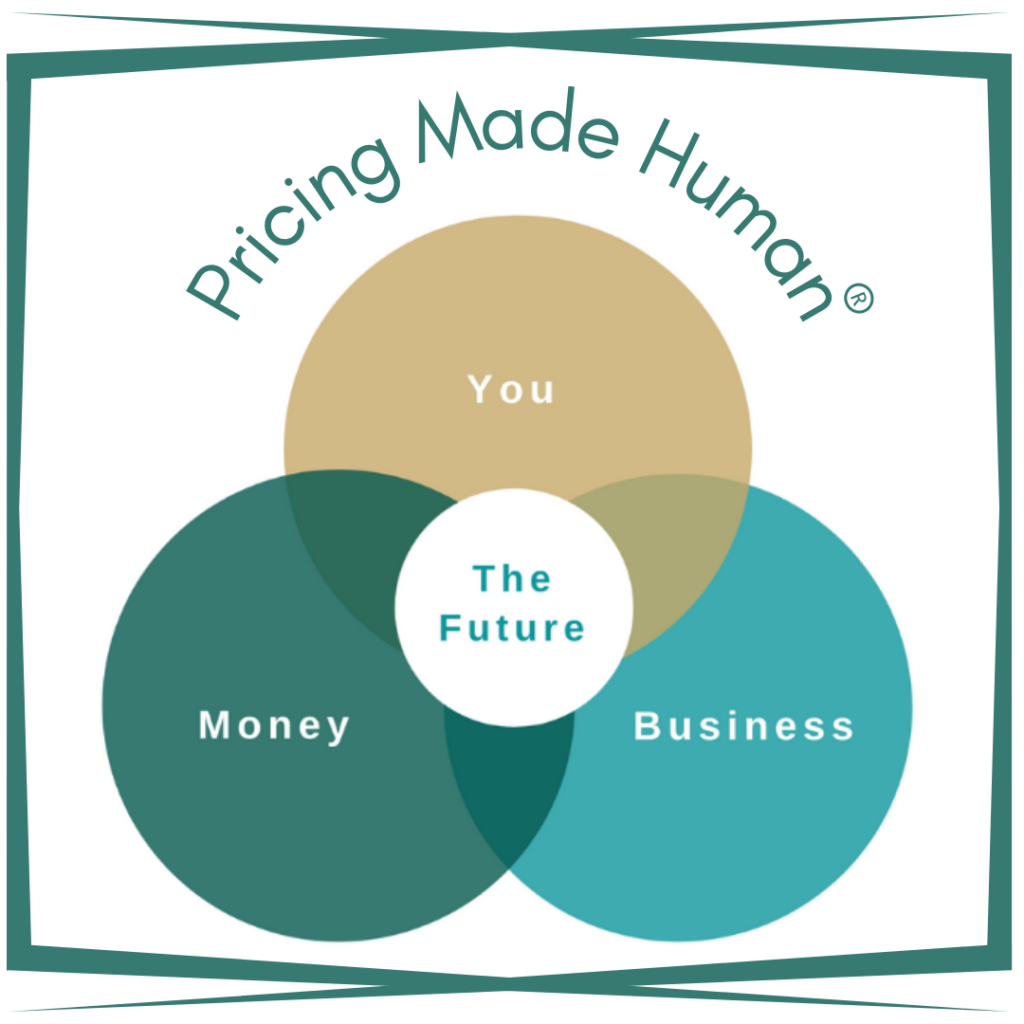If I were to wager a guess, I bet the only time you think about your 401(k) is now (during benefits season) and when you get your quarterly statement.
Yet, 401(k)s play a critical role in your finances. Or, at least they can. They have morphed into THE retirement option offered by most employers. But as you know from conversations with your parents and grandparents, this wasn’t always the case.
401(k)s are relatively “young;” did you know that? They were introduced in the early 80s as a vehicle to supplement traditional defined-benefit plans – aka pensions. But pension plans are all but gone for most employees. Thus, the shift from defined-benefit to defined-contribution puts you in the drivers seat. As such, you get to decide:
- whether to participate;
- how much to contribute;
- in what to invest;
- how to allocate your investments;
- when to withdraw;
- and more.
And as the driver, you shoulder ALL of the responsibility for managing the various elements of your 401(k) – often with little to no guidance. As a result, you just might be making mistakes – some of which are obvious, others less so. But…
The most costly mistakes are the ones you’re making, unwittingly.
So here’s a list of common mistakes and what you can do instead:
Mistake #1 – Not enrolling in your employer-sponsored 401(k) or its non-profit cousin (403(b)
Truly, none of the other mistakes can be made if you make this one! And this one is costly in both the short- and long-term. Therefore, as soon as you are eligible enroll in this employer-sponsored benefit!
Mistake #2 – Putting too much money in your 401(k)
Yep, believe it or not, you can, in fact, put too much money in your account. How? By contributing more than your employer matches. A good rule of thumb is to contribute to the match and invest the rest in an external traditional IRA or ROTH-IRA.
Mistake #3 – Not taking advantage of your employer’s contribution.
This is also known as putting too little into your 401(k). When you contribute less than your employer will match it means you are leaving money on the table…don’t do that! For example, if your employer match is 6% – aim to contribute 6% of your salary.
Mistake #4 – Selecting investment options (usually mutual funds) based purely on performance
Whether it’s your retirement account or taxable brokerage account, it is never EVER a good idea to just select your investment choices using the filter of performance numbers only. Choice by performance only is quick, easy and quite seductive but very, very harmful to the health of your account.
Mistake #5 – Having too much exposure to your employer’s stock (if applicable)
All I need to say here is ENRON. If you don’t know the history, click here.
Mistake #6 – You stop contributing (or cash out) when the market crashes (or corrects)
You know the investment rule: buy low, sell high. But when the market crashes or corrects (think 2008), emotions set in and the idea of following prudent investment rules go out the window. But here’s the thing: when the market crashes or corrects, that is usually the best time to exercise “buy low!” The other lesson here is a reminder of why it is important to tie the structure of your portfolio to your goals.
Mistake #7 – You never re-balance
When you set up your 401(k), you have to select how much exposure you will have to the broad asset classes – stocks, bonds, cash. You also have the opportunity to diversify within those broad asset classes. It is natural for your allocation to shift throughout the year as the market naturally moves up and down. When this happens, you need to bring your *new* allocation – as a result of the market’s movement – back to your *original* allocation.
Mistake #8 – You don’t pay attention to what’s inside your mutual fund holdings
One of the things I always mention when I teach a class on mutual funds is that you must know what’s under the hood. It’s the only way to minimize overlap – or the possibility of having too much of one thing and not enough of another. Thereby undermining the value of diversification.
Mistake #9 – You diversify your account, but not your portfolio
One of the biggest mistakes I see people making is to focus on how to diversify their current 401(k) without considering how their other investment accounts are invested – including how your spouse is investing his/her retirement assets, if applicable. Look at the whole…not just a slice!
Unfortunately, it is far too easy to unknowingly make some or all of the above 401(k) mistakes. If you’re making any (or all) of them and you want help…you want to go a bit deeper than the suggestions provided, I have something for you! It takes place on Wednesday, November 14th at 8pm EST. Click here to learn more about – What the Hell Should I Do With My 401(k)?
p.s. it’s benefits season for most U.S.-based companies…perfect time to enroll or reevaluate your 401(k). There’s nothing wrong with not knowing which mutual fund to select or how to put them together. But not taking advantage of an opportunity to close the knowledge gap…well, that isn’t too wise. So, join me for the live, online training class (What the Hell Should I Do With My 401(k)?) and let me help you learn what you need to know about mutual funds and your 401(k). I would love the opportunity to work with you!





